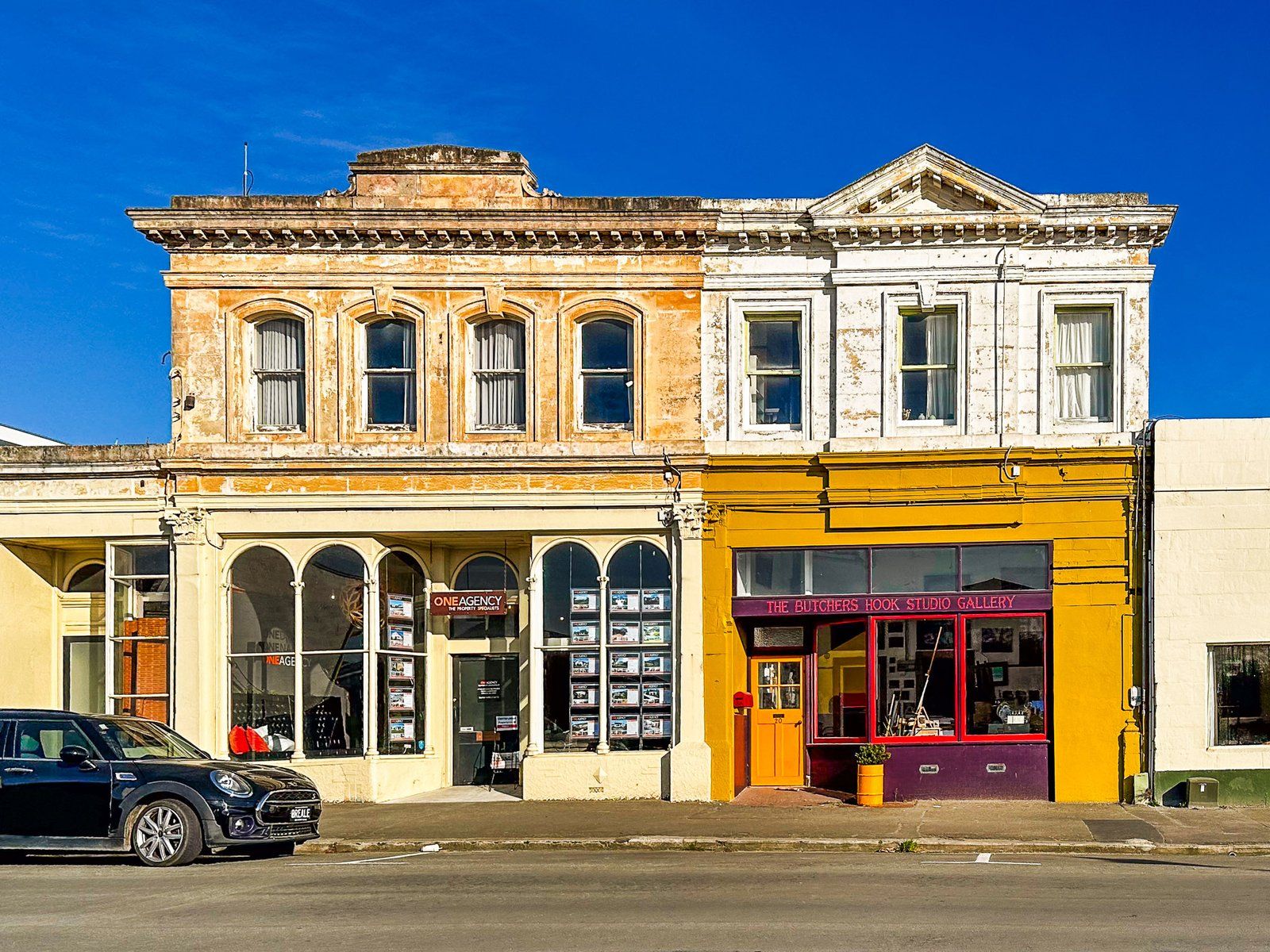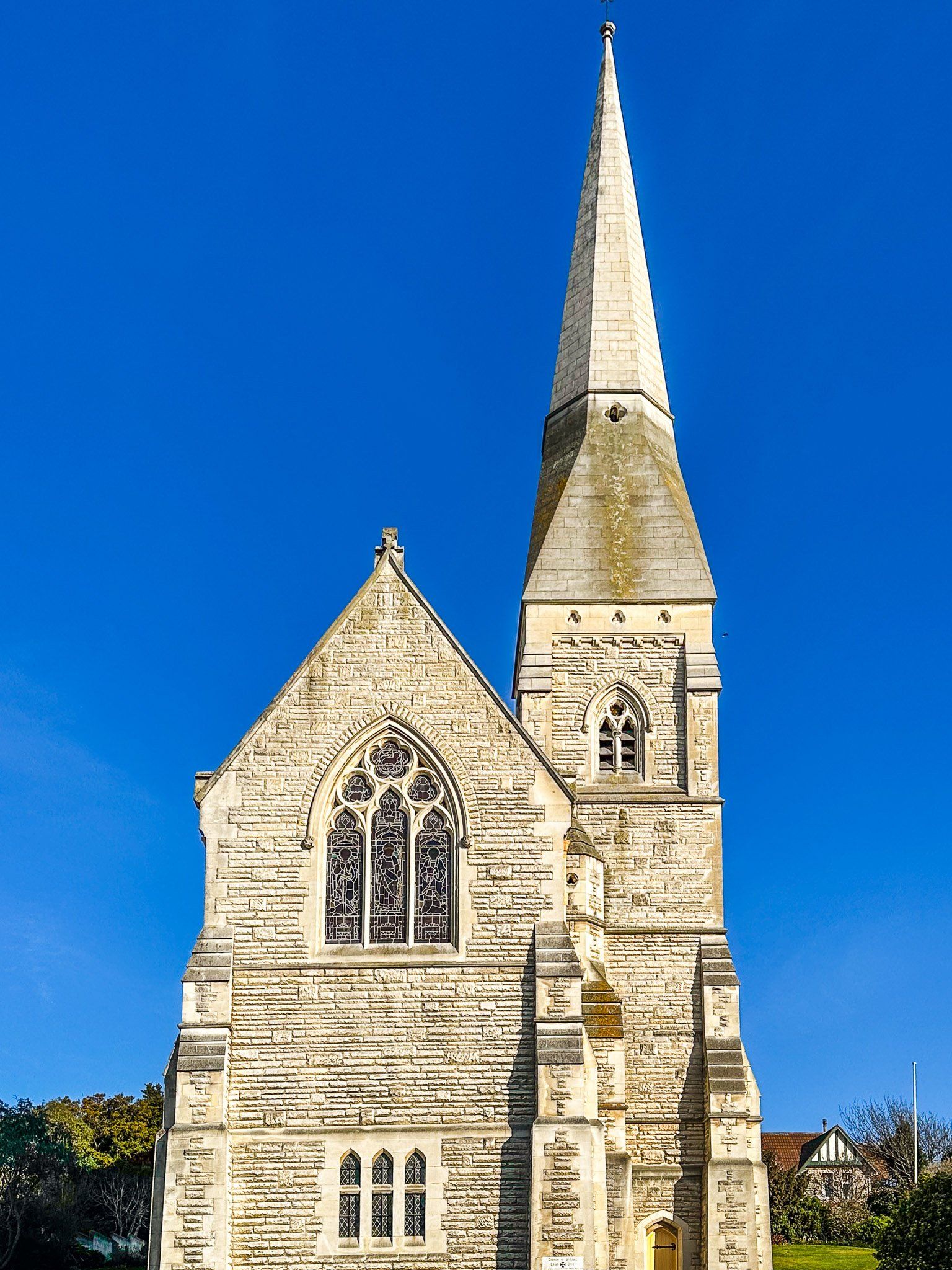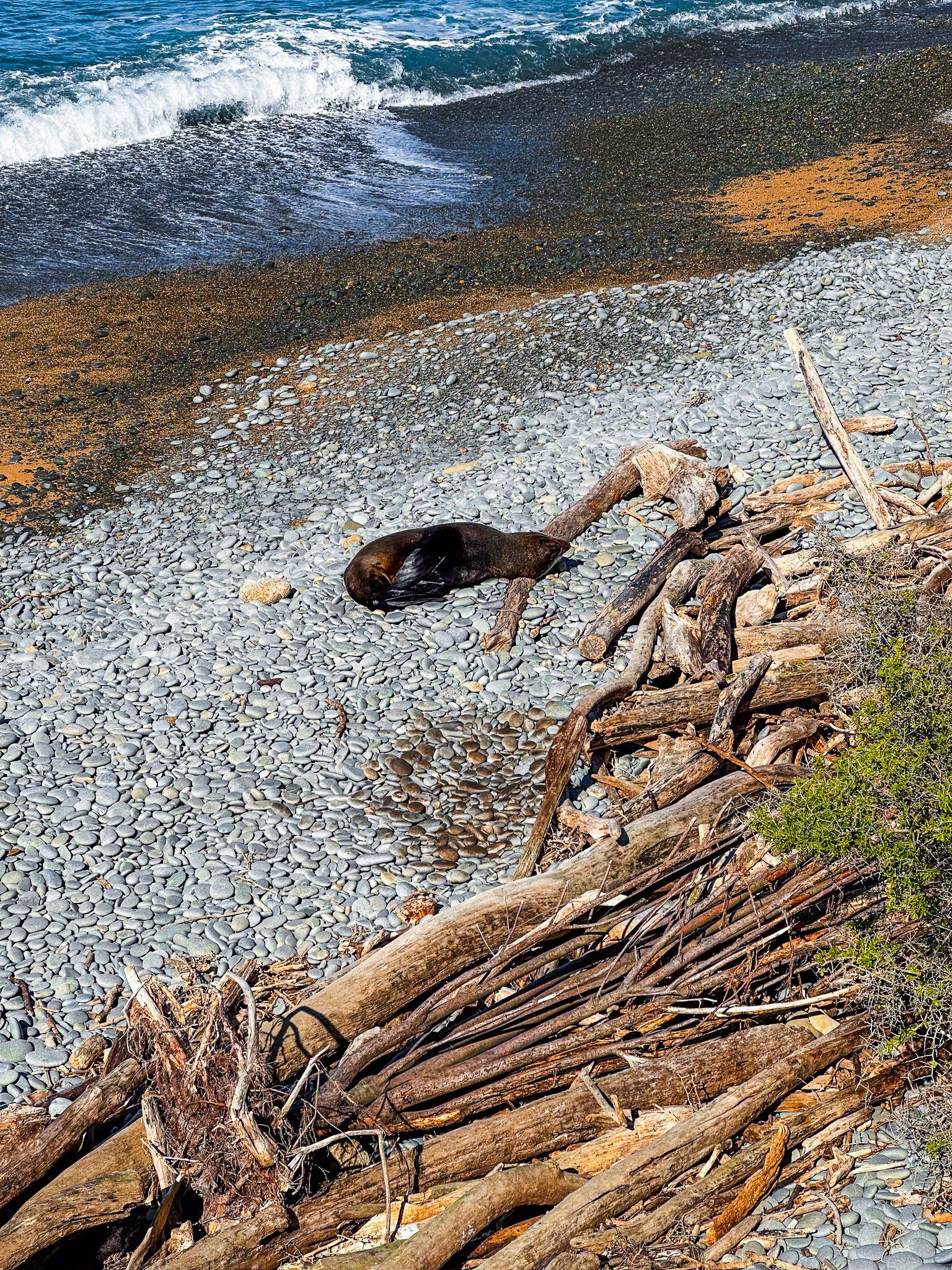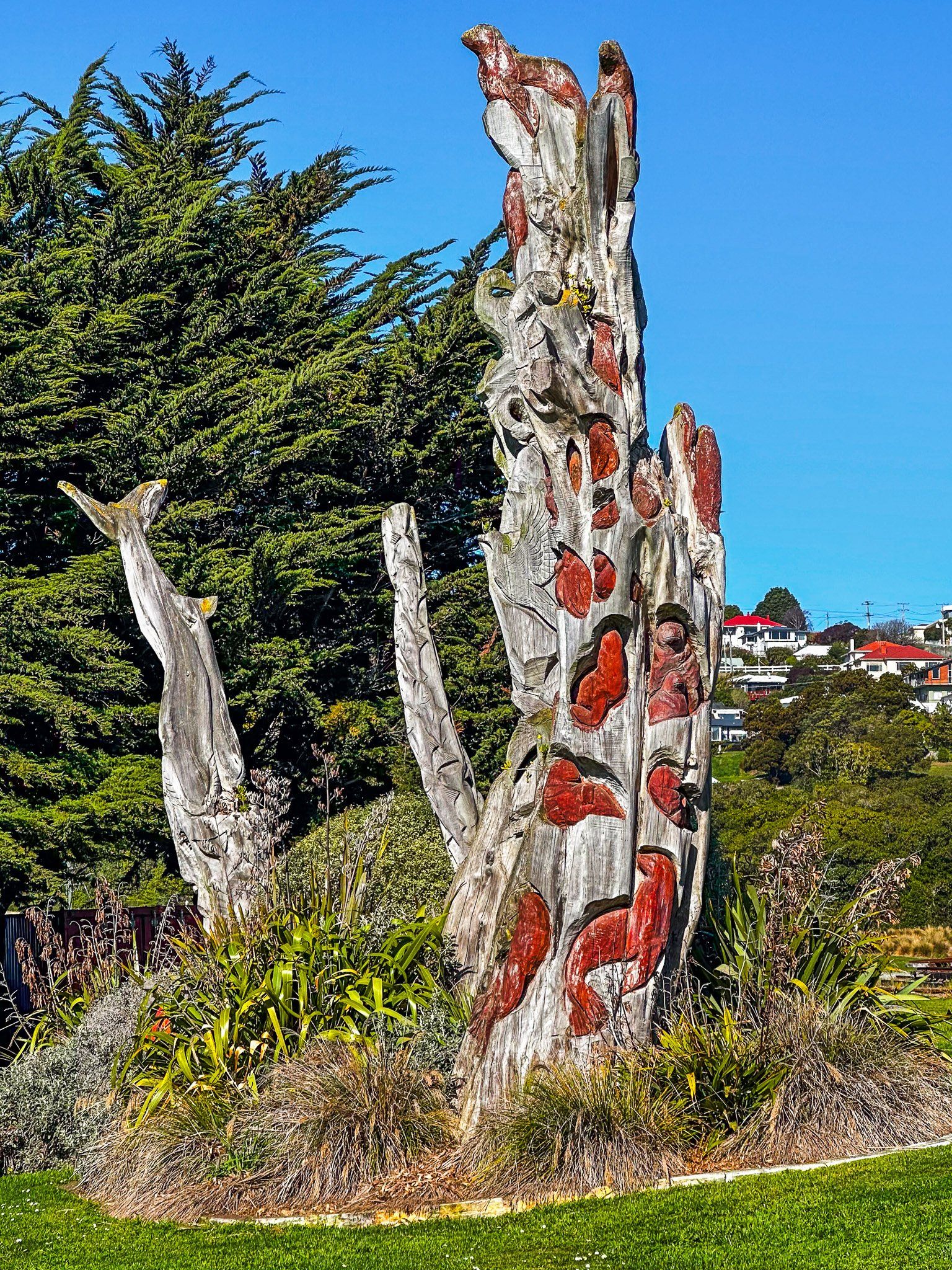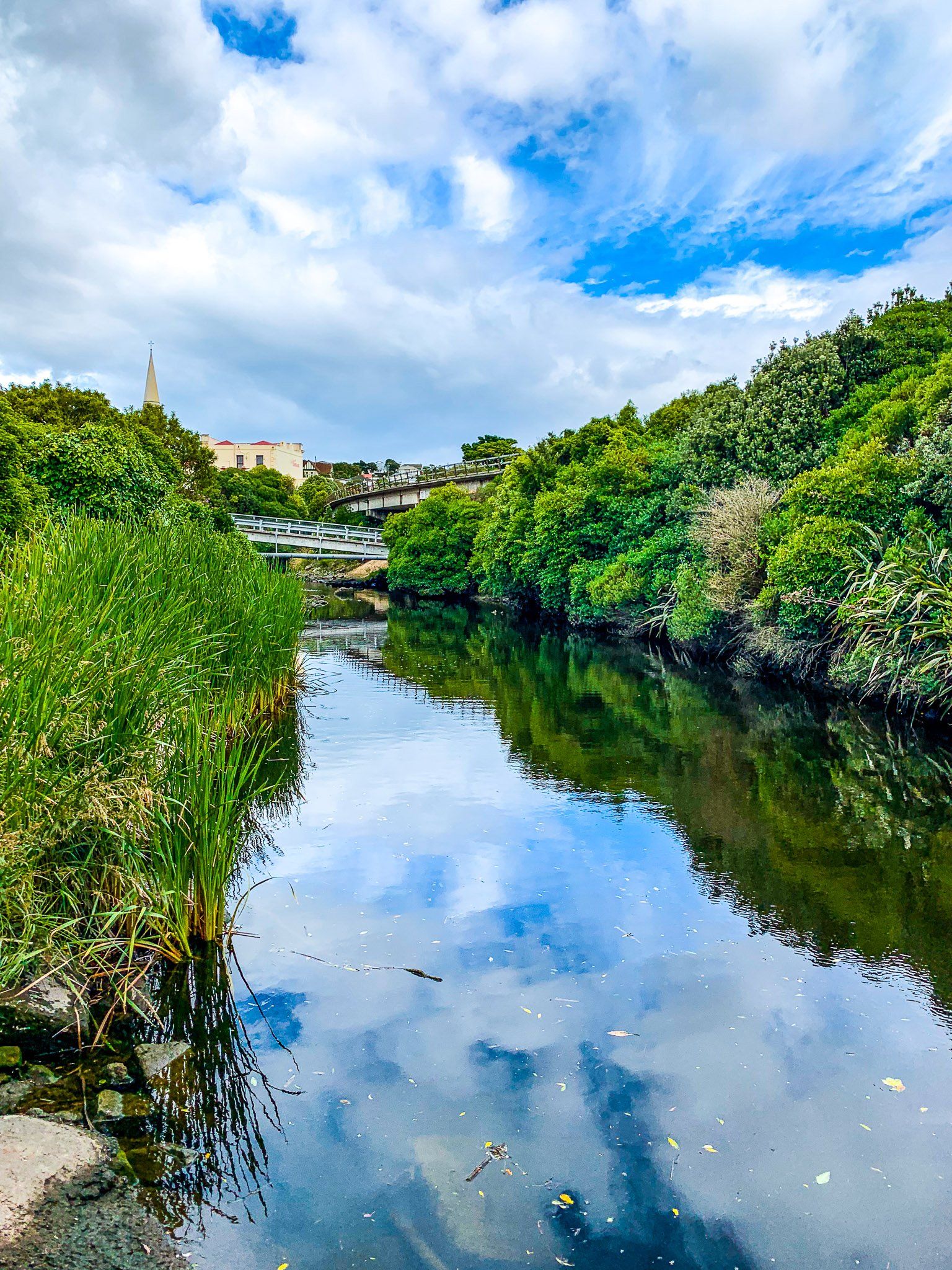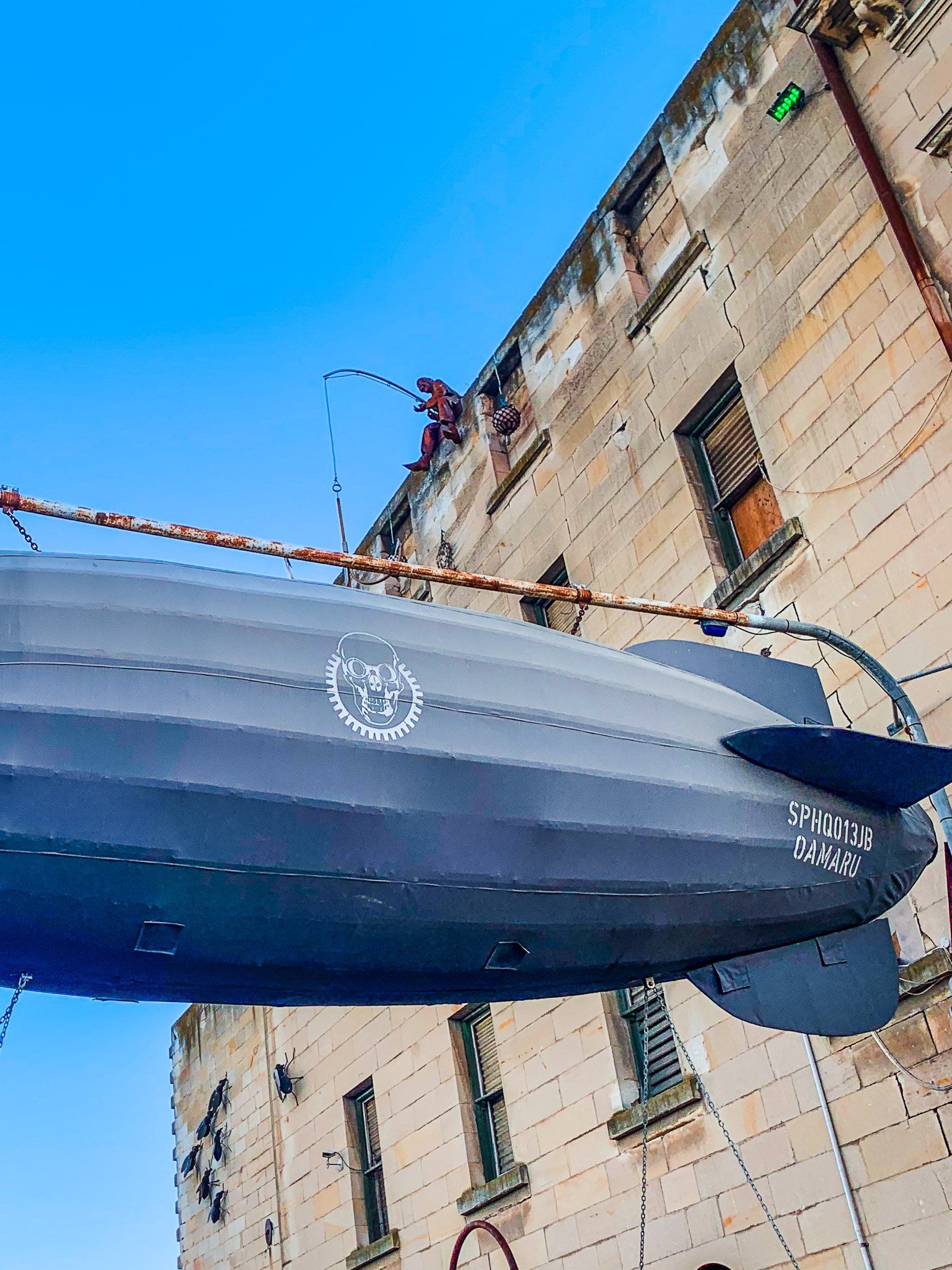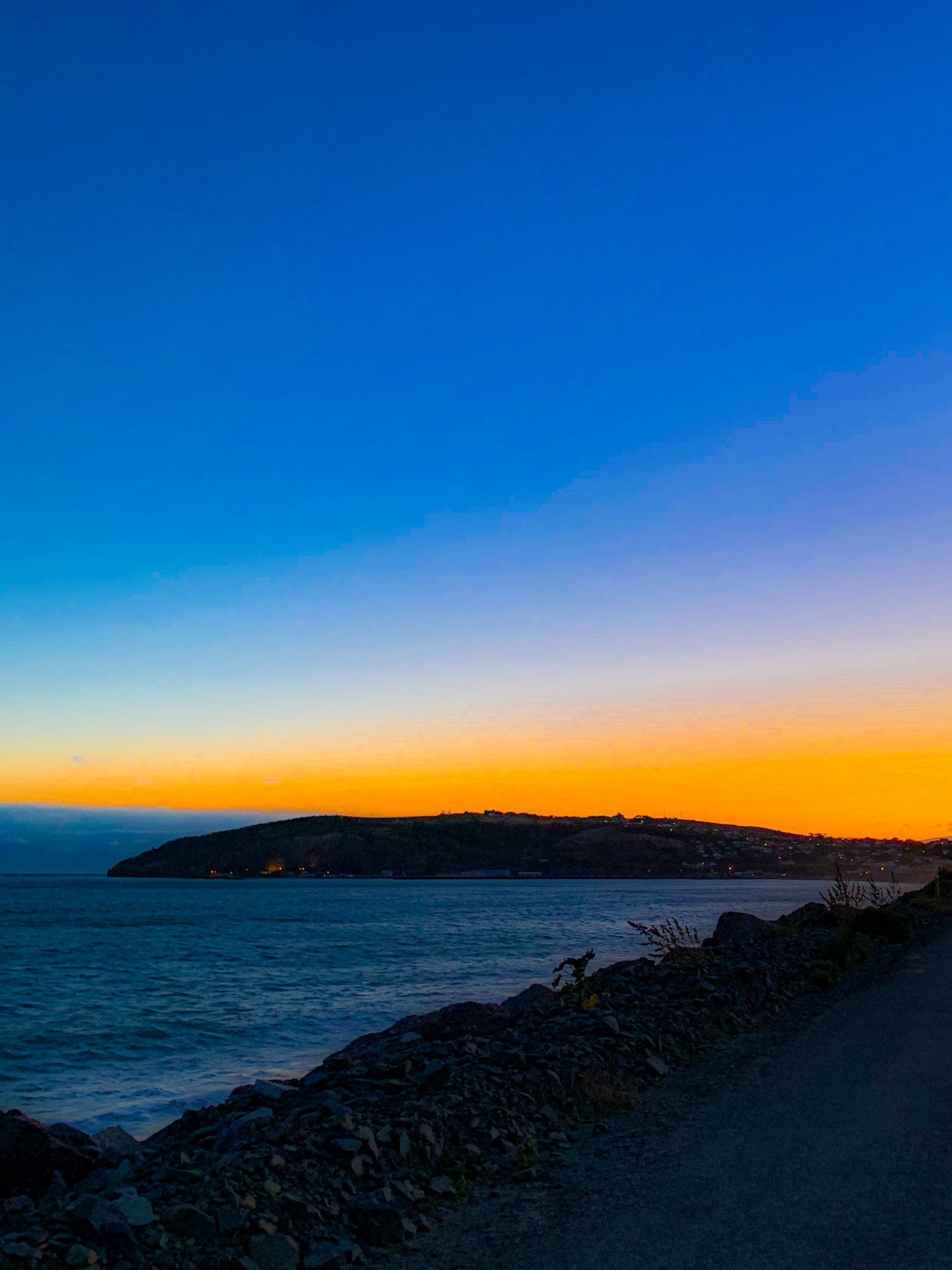For a traveller, Ōamaru (on the Otago Pacific Coast of the South Island) is exceptional. Its 13,900 people have created a wonderful visitor experience, building on the town’s substantial historic Victorian architecture from locally sourced Waitaki Whitestone.
These buildings are mostly concentrated around the town centre and harbour. There has been substantial effort to restore and upgrade these buildings. This has included the redevelopment of the “Victorian Precinct” in a rundown Whitestone warehouse district at the south end of the town near Friendly Bay.
Ōamaru renovated its architectural heritage and took on a strong Victorian persona. There is a festival in mid-November, Ōamaru Heritage Celebrations, when everyone plays dress-up. You can learn to ride a penny-farthing bike any time if you need to!
Someone also decided that adding a Steampunk Museum would enhance the Victorian heritage. This bizarre alternate future world amalgamates Victorian Gothic styles with science-fictional uses of steam power. The museum is at the south end of the Victorian Precinct, but numerous nearby examples of Steampunk outdoor sculptures also exist.
Then, the town got extra lucky. Little blue penguins established themselves in a disused quarry at the south end of Friendly Bay in the early 1990s. Volunteers helped develop a breeding habitat and provided guided tours.
Ultimately, the penguins were protected by a paywall in the form of a visitor centre and two grandstands at the Ōamaru Blue Penguin Colony! But it is the easiest way to see blue penguins in NZ, and around 75,000 people visit annually.
Ōamaru is close to the North Otago and South Canterbury border and 120 km north of Dunedin, linked by State Highway 1. It is a major gateway west to the Mackenzie Country in the central South Island via State Highway 83.
This highway runs along the scenic Waitaki Valley to Omarama in Mackenzie Country. Access to Wānaka and Queenstown is easy via Lindis Pass, Aoraki Mount Cook, and Tekapo. Ōamaru is also the endpoint for the Alps 2 Ocean Cycle Trail that runs from the Southern Alps to the Pacific Ocean.
Unlike many places in the South Island, Ōamaru retained a Māori name with the arrival of Europeans. It translates as “the place of Maru”, although who Maru was is long forgotten. Pre-European, the area along the Pacific Coast and the Waitaki Valley had long been occupied by Māori.
It was a source of moa meat before the birds were hunted to extinction in the 1600s, and rock art in the Waitaki Valley dates back to this period. Captain James Cook and his crew spent several days there in the 1700s, and whalers and sealers were active by the early 1800s. In 1831, Te Rauparaha attacked a large pā at Kaiapoi to the north and refugees from the pā settled there.
Edward Shortland was the first European to put Ōamaru on a map in the 1840s. By the 1850s, Europeans were establishing pasture farming, and in 1858, John Thomson laid out a plan for the town.
The big development was establishing the frozen meat trade to the UK, causing Victorian Ōamaru, with its modest port at Friendly Bay, to boom. But this was followed by 100 years of limited growth, hence the extraordinary untouched heritage we can all enjoy today.
